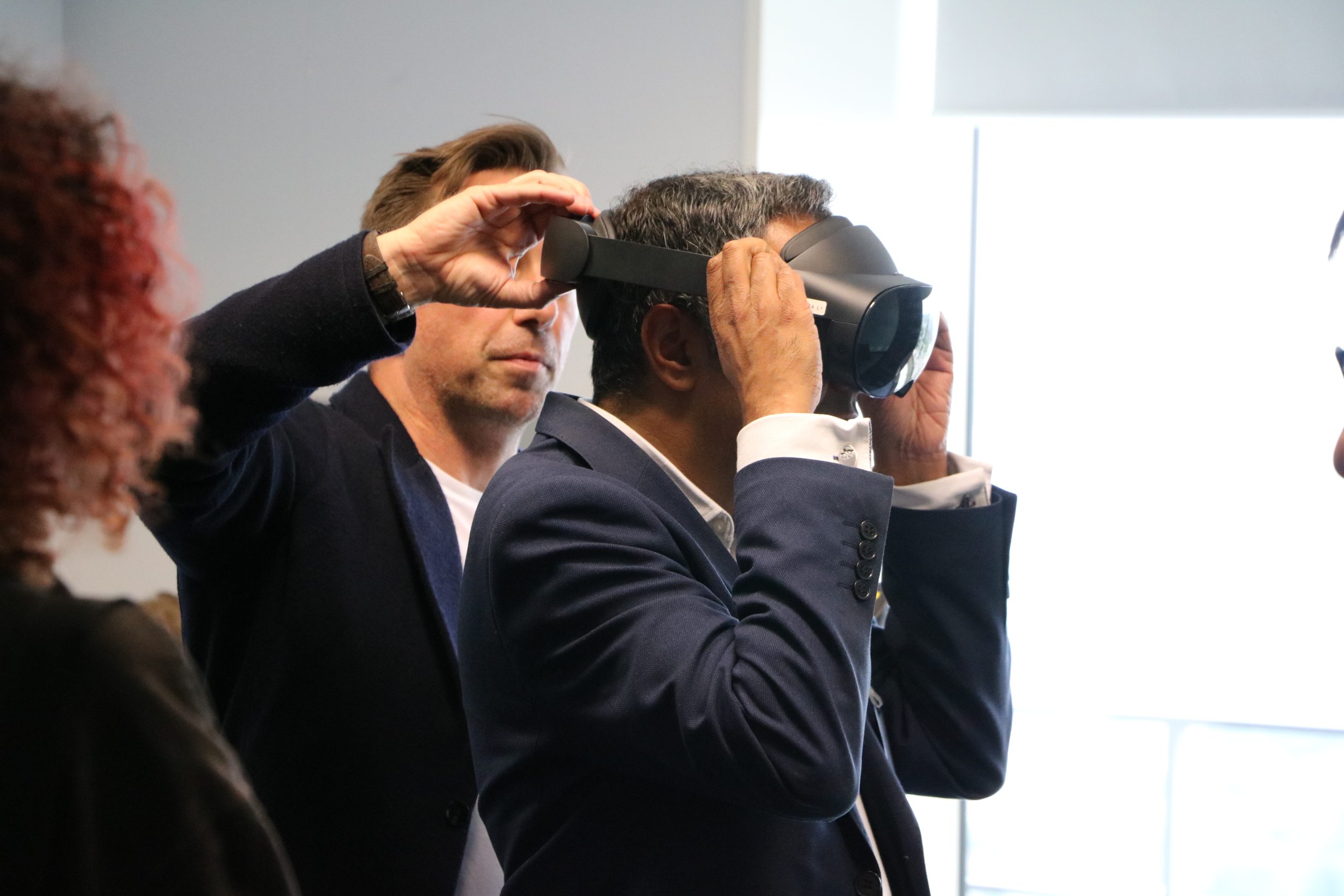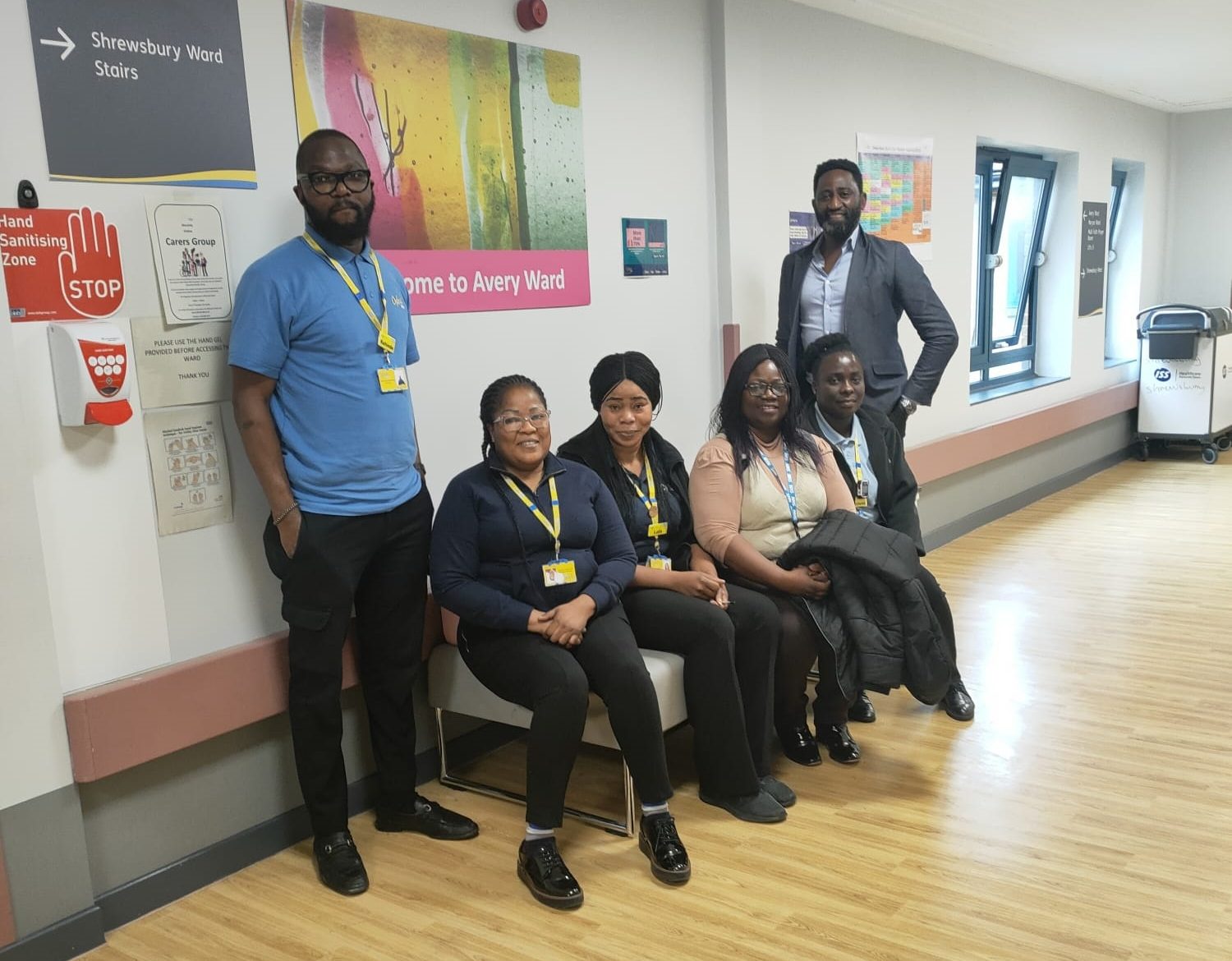The Health Innovation Network (HIN) South London and Innovate UK are currently delivering Mindset-XR, a multi-year innovator support programme focused on the use of immersive technologies for mental health. Following recent engagement with investors and the publication of our 'Stimulating investment in extended reality for mental health' report, HIN Executive Director for Digital and Transformation Dr Amanda Begley discusses the areas where progress needs to be made if we are to match the global need for transformative technologies in mental health with investor appetite.
I was very privileged to be invited by the Coalition for Mental Health Investment to attend an ‘invest in mental health’ event last month, which brought together funders (including philanthropists and investors), researchers and innovators, lived experience experts and global network conveners. The Coalition – formed by Wellcome, McKinsey Health Institute and Kokoro - is a network forming to ensure that, within a generation, investment for mental health matches the scale of global need.
The inspiring speakers and networking resonated with many of the points highlighted during our recent roundtable: ‘Stimulating investment in extended reality for mental health’. So, as we publish our report, I wanted to share a few reflections inspired by the people I’ve spoken to and learned from about the importance of investing in mental health.
Timing
There is a growing passion and sense of moral duty around increasing investment in mental health, with a focus on collaborative effort and innovative financing models. A number of investors I’ve spoken to said they’d lost money investing in immersive tech 10 years ago. However, most added that the case for investment is far more compelling now - although some do remain more sceptical.
In part this is due to the technological advancements. For example, the ability to combine immersive tech with artificial intelligence and bio/neuro feedback to drive greater personalisation and measurement of impact. A recent PWC report on immersive technology trends in 2024 predicts a proliferation of immersive tech offerings alongside the ability to tap into generative AI’s power, which could create new business models for organisations.
The focus and roadmap
I don’t think anyone could argue against the need for further investment in mental health. The financial gap is well articulated in the United for Global Mental Health report which references that almost one billion people globally are living with a mental health condition, including around one in seven teenagers.
However, we still need to provide assurance to investors (whether public or private) that any investment made will be well made. As experienced investor and HIN Chair Hitesh Thakrar pointed out in his previous blog on investor attitudes towards immersive technology, delivering demonstrable impact and reliable returns is the foundation for any sustainable investment activity, and investors are understandably cautious. For immersive technology, building investor confidence requires greater clarity on where we should focus our innovation efforts and also the provision of a roadmap that lights the path from feasibility studies to adoption and scaling.
This is a big focus for our Mindset-XR Innovation Support Programme, where we are working with Innovate UK to support immersive tech projects to navigate their innovation path, drawing on our experts in involvement, evidence generation, regulation and business development.
We will be holding a roundtable in the Autumn focused on identifying the ‘use cases’ for immersive tech in mental health, which will be chaired by Dr James Woollard, CCIO at Oxleas NHS Foundation Trust, National Specialty Adviser in Digital Mental Health at NHS England and a member of our Mindset ISP Advisory Board. So do sign up to our newsletter if you’d like to receive a copy of the write up.
Business models and payment model reform
Thirdly and linked to the above, the need for new business models and payment model reform have also been frequently cited as key enablers. This includes approaches that are considered to be underutilised in mental health, such as, social impact bonds as well as the formation of private and public collaborations, such as, UKRI’s investor partnerships.
To facilitate new models, more focus is needed on quantifying impact and the return on investment. There are obviously challenges to overcome on this, including, reaching consensus on impact metrics (including how holistic and longitudinal the measures need to be); access to inclusive and high quality data; and the confounding variables at play in real world delivery. On the positive though, we have seen significant investment in UK data infrastructure which will provide further opportunities to use data in safe, secure, and innovative new ways via, for example, DATAMIND (specifically for mental health) and the Secure Data Environment for NHS health and social care data research and analysis.
I hope you enjoy reading our investor roundtable report and that it leaves you – as it does us - with a sense of optimism. There is a growing collaborative effort to drive innovation that will benefit those affected by mental health conditions, and we hope to play our part in turning that effort into real results.
Contact our Mindset programme
Interested in learning more about how we're supporting immersive technologies for mental health?
Get in touch



